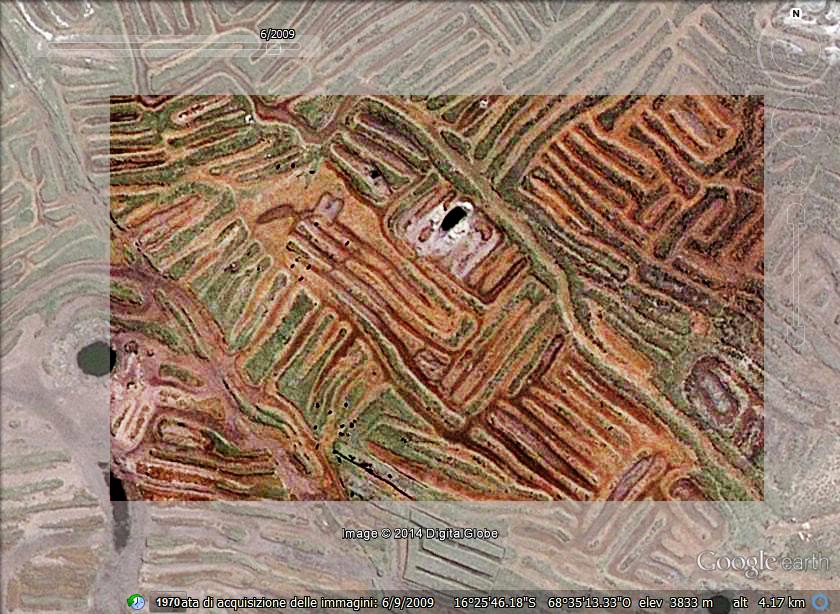"From Rome to the Antipodes: The Medieval Form of the World," International Journal of Literature and Arts. Vol. 1, No. 2, 2013, pp. 16-25. doi:
10.11648/j.ijla.20130102.11
9. Grosseteste and the Sphere of Light
Robert Grosseteste (1175-1253) was an English philosopher who became the Bishop of Lincoln. As a scientist he had a quite important role in the medieval school of Oxford [32]. In his works, in particular in the commentaries of Aristotle’s philosophy, Grosseteste devised a scientific method. From particular observations, we can find a universal law, and then, from these laws we can predict some peculiar cases. Grosseteste called this “resolution and composition” [33]. As a consequence, Grosseteste tells that physics needs the ‘experimentum’, that is, a proof from experience. These ideas were a prelude for the Galilean science in the 17th century [34]. The method of “resolution and composition” was applied to geometry and optics. Moreover, optics is described by geometry, because optics depends on geometry. As a conclusion, Grosseteste argued that mathematics was the highest science, basis for all others. Here we see that he understood the necessity to describe the physical phenomena in a mathematic formalism. Grosseteste believed that at the beginning of times, it wasthe light to move the universe. In his “De Luce”, Grosseteste explains the origin of the world. God created matter and light together in a point. Due to its nature the light propagated isotropically in all directions. It immediately became a sphere and, accordingly, dragged by the light, the matter started to expand. The creation is then explained by means of a sphere of light [35].
Grosseteste's work in optics was continued by Roger Bacon. There is also an interesting quotation often reported in the history of telescope. In his treatise entitled “De Iride”, Grosseteste writes that a part of optics, “when well understood, shows us how we may make things a very long distance off appear as if placed very close, and large near things appear very small, and how we may make small things placed at a distance appear any size we want, so that it may be possible for us to read the smallest letters at incredible distances, or to count sand, or seed, or any sort of minute objects.” It is probable that Grosseteste made some experiments using lenses and mirrors [36,37].
[32] N. Lewis, Robert Grosseteste, in The Stanford Encyclopedia of Philosophy, 2010, E.N. Zalta ed.
[33] H.G. Gauch, Jr., Scientific Method in Practice, Cambridge University Press, 2003, p.222.
[34] W. A. Wallace, Prelude to Galileo: Essays on Medieval and Sixteenth-Century Sources of Galileo's Thought, Springer, 1981.
[35] F. Adorno, T. Gregory and V. Verra, Storia della Filosofia, Bari: Laterza, 1973.
[36] A.C. Sparavigna, "Translation and discussion of the De Iride, a treatise on optics by Robert Grosseteste," arXiv, 2012, History and Philosophy of Physics, arxiv:1211.5961.
[37] A.C. Sparavigna, "Reflection and refraction in Robert Grosseteste's De Lineis, Angulis et Figuris," arXiv, 2013, History and Philosophy of Physics, arxiv:1302.1885.
A translation of Grosseteste's treatise on Big Bang at
A.C. Sparavigna (2014) , Robert Grosseteste's Thought on Light and Form of the World. In: THE INTERNATIONAL JOURNAL OF SCIENCES, vol. 3 n. 4, pp. 54-62. - ISSN 2305-3925
at
http://www.ijsciences.com/pub/article/486
I have translated and discussed some Grosseteste's treatises, you can find th links to download them freely at







